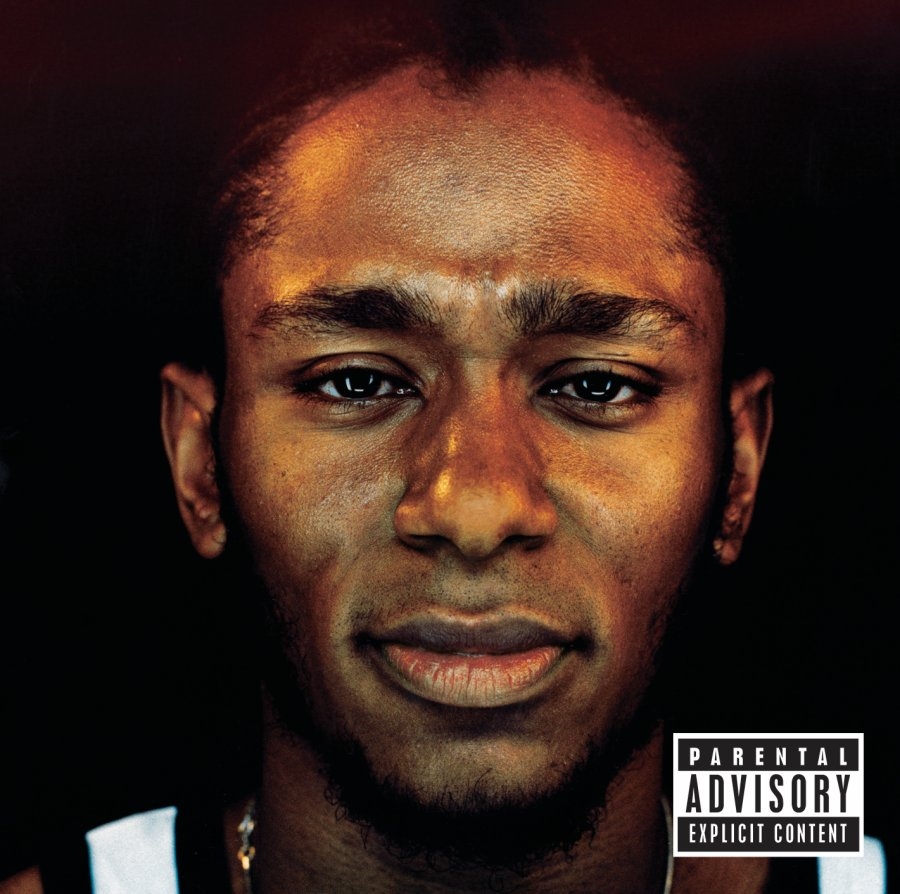What
is it that people find so powerful about Buddhism that they find the need to
appropriate it? Many people in America have taken aspects of Buddhism into
their own lives, even if they identify as another religion. Peacefulness and
mindfulness, the idea of leading a moral life, and the idea of developing
wisdom are all beliefs within Buddhism that many Westerners have begun to
believe. However, there are other beliefs that many people have yet to follow,
which is why people are appropriating and adjusting the religion to make it
their own.
At
first, I thought that people were secularizing the religion by taking certain
aspects of the religion and not others into their lives. Yes, there are some
ways in which Americans secularize the religion, such as by putting a monk on
an Apple ad. However, people are beginning to follow these beliefs because they
know that these aspects of Buddhism are teaching something about life. These
aspects of the religion are providing people with a means of guidance, which is
exactly what religion is for. Therefore, it is clear that Buddhism, even the
way that it is often used in pop culture is acting religiously. Also, often
times many celebrities are seen in pictures with the Dalai Lama, however the
Dalai Lama is as much of a celebrity himself. However, he isn’t respected like
that without reason; he is respected because he has something to teach. He can
help people, which is once again a way that he acts religiously.
The
fact that he is able to provide guidance, beliefs, and rituals for people, even
if people do not take in all of these beliefs, shows that he is acting in some
ways as a religion. Also, the reality is that people must appropriate different
aspects of life in order to make these aspects relevant now. There are areas of
all religions that have been appropriated because if everything was left the
same, then it would be so irrelevant and people would ultimately choose not to
follow any religions. People are so fascinated with Buddhism and its practices
because it is some form of “other,” but they are also enthralled with the way
that it can actually affect their lives today.
The
Dalai Lama shown on the cover of Vogue Magazine below is being in a form of
popular culture, but he is there because the editors of the magazine believed
that he had something meaningful to share with the readers. Jane Naomi Iwamura
characterizes the Oriental Monk as a “spiritual caregiver.” Although there are
negative connotations that come along with Orientalism in Western pop culture,
the idea of the monk as a caregiver seems to be a positive one because he is
able to provide something for those who choose to follow him.







